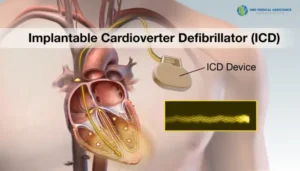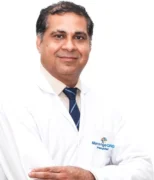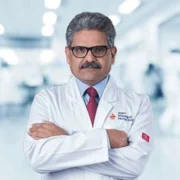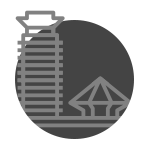Cardiac Resynchronization Therapy Defibrillator (CRT-D)
Are you looking for a cardiac resynchronization therapy defibrillator CRT-D implantation treatment in India? this overview is for patients who suffering from heart failure, an implanted cardiac resynchronization therapy (CRT) defibrillator is known as a CRT-D. The device tracks the heart’s rhythm, identifies any abnormalities, and applies electrical impulses to resolve them. Similar to an implantable defibrillator (ICD), it uses electrical shocks or very mild and painless stimulation therapy to stop possibly life-threatening ventricular tachycardia and fibrillation.
In contrast to ICDs, CRT-Ds enhance the cooperation of your heart’s ventricles, which are its bottom chambers. To accomplish this, CRT-Ds have three leads, or lines that supply energy to the heart, as opposed to an ICD’s one or two. A cardiac resynchronization treatment pacemaker without the defibrillation capabilities of a CRT-D is called a CRT-P. CRT-Ds improve blood flow and the efficiency of the heart.
They improve the symptoms of heart failure, such as exhaustion, breathing problems, and intolerance to physical exertion. Treatment for cardiac resynchronization significantly lowers the risk of life-threatening cardiac seizures. A CRT-D greatly enhances the quality of life for many individuals. In order to install a CRT-D, surgery is required.

Procedure of Cardiac Resynchronization Therapy Defibrillator (CRT-D)
Implanting a CRT-D is a fairly easy process that typically takes two to four hours. Open heart surgery is not what it is. Antibiotics will be given to you in order to lower your chance of infection. Local anesthetic and maybe brief sedation will be used to carry out the intervention.
The surgeon will make a little incision in your upper chest, well below your shoulder, after prepping the incision site. Three leads will be inserted by the surgeon into a large vein close to your collarbone. The surgeon will insert the leads into the upper and lower chambers of your heart after guiding them through your veins with the aid of an X-ray for visibility. The CRT-D will then be implanted by the surgeon in a pocket made beneath the skin at the incision
The surgeon will attach the defibrillator’s leads and modify it to meet the specific needs you have. The surgeon will use a few stitches to close the incision following a test to make sure the CRT-D is functioning properly.
Cost of Cardiac Resynchronization Therapy Defibrillator in India
The estimated cardiac resynchronization therapy defibrillator depends upon the Hospital chosen. Also, it depends on factors such as diagnostic test results, age, and the presence of other medical conditions. To know about the cost of cardiac resynchronization therapy defibrillator in India. Click here.










